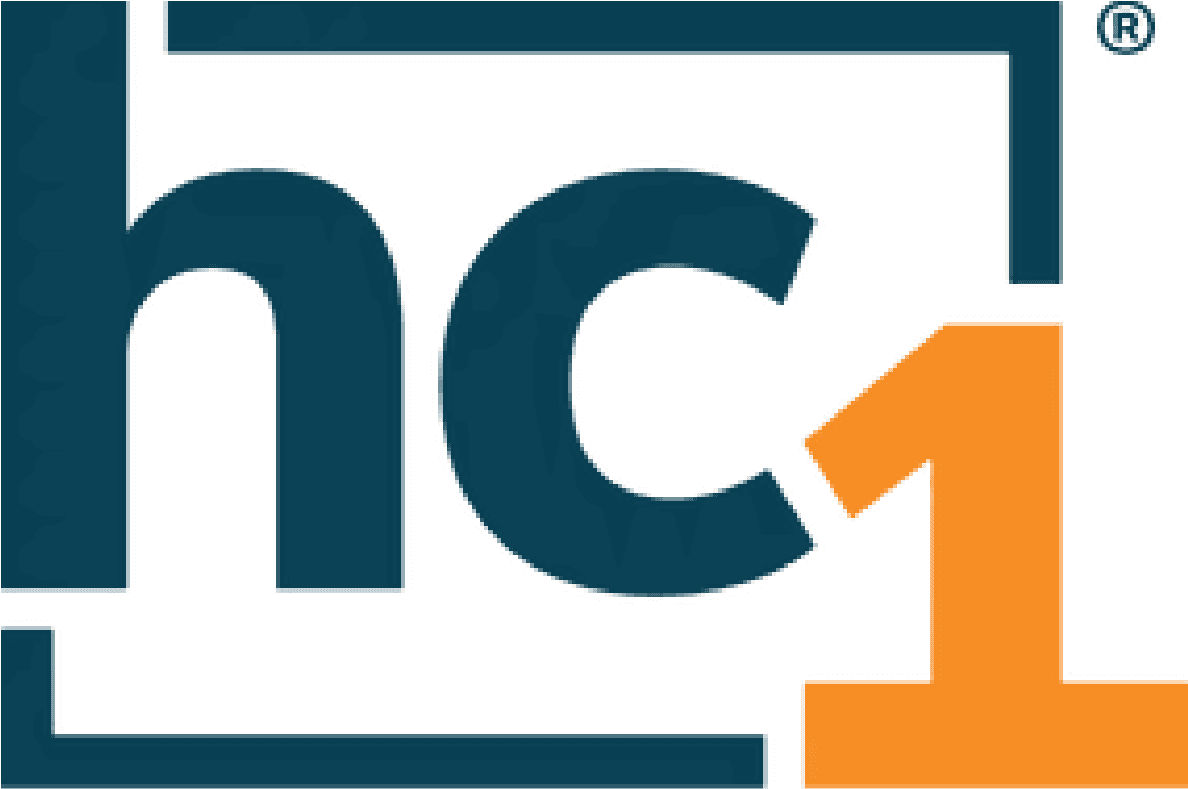December 10, 2021
Trend 1: COVID-19 will continue to be a concern.
“We now know that we will be co-existing with COVID-19 in some way for the foreseeable future, with no hard stop in sight,” Rick Pollack, President and CEO of the American Hospital Association (AMA), writes in the AMA’s 2022 Environmental Scan. “This will continue to affect not only our nation’s health, but also the ability of hospitals and health systems to improve it… let alone transform it.”
As one would likely expect, COVID-19 is a consistent theme throughout healthcare trends we see for 2022 both for its impact on the industry over the past two years and its continued impact.
Trend 2: The healthcare industry will look to innovative technology solutions to help ensure healthcare equity.
According to the Robert Wood Johnson Foundation, “health equity means that everyone has a fair and just opportunity to be as healthy as possible. This requires removing obstacles to health such as poverty, discrimination, and their consequences, including powerlessness and lack of access to good jobs with fair pay, quality education and housing, safe environments, and health care.”
The COVID-19 pandemic brought to light stark differences in access to care based on a multitude of factors. Karen Kobelski, Vice President and General Manager of Clinical Surveillance Compliance & Data Solutions, Wolters Kluwer, Health, told Hospital and Healthcare Management that “the COVID-19 pandemic put a spotlight on health disparities in the U.S. and the industry can no longer turn a blind eye. 2022 will be a pivotal year for making healthcare data help and not hinder the bigger goal of delivering the best care everywhere.”
According to Forrester Predictions 2022, “health disparities will harm rural Americans at twice the rate of urban Americans. Fifty-seven million people in rural and tribal communities will face increased mortality as a result of social inequalities, multiple chronic health conditions, high suicide rates, dire physician shortages, and sweeping hospital closures.”
Wolters Kluwer says one source for increased equity will be mining the insights that can be found in unstructured healthcare data. “The critical success factor will be unlocking the 80% of healthcare data that is in unstructured form and making it widely accessible and actionable for stakeholders across care settings,” said Kobelski. “This will be key to making it more actionable for stakeholders across care settings and it is crucial to gaining big-picture insights into our healthcare disparity problem. Machine learning tools such as natural language processing and text mining can help health systems reveal valuable health equity insights hidden in unstructured clinical data that is difficult to store, search, analyze, and share across health systems.”
Trend 3: Data from wearables will begin to play a bigger role in patient care.
Popular wearable devices like watches and fitness trackers have brought increased health awareness to users, consumers and patients and are generating an immense amount of data that can be used to inform patient care. “General practitioners can take advantage of the widely popular commercial wearable devices like Apple Watch and Fitbit to encourage patients to engage full-time with their health,” writes Lisa Hedges in Software Advice.
According to the Centers for Disease Control and Prevention (CDC), “if implemented based on science, mobile health technology can greatly empower people to be engaged participants in their care and more responsible for their own health while improving preventive medicine, ultimately saving lives.”
T.J. Elbert, Senior Vice President and General Manager, Data, at Health Catalyst says Healthcare C-suites will go beyond transactional predictive models and adopt augmented intelligence to support organizational, data-driven decision-making. He told Healthcare IT News that “there will be a need for a data strategy that incorporates new Internet of Things (IoT), patient-portal and wearables data, and the governance and orchestration required to incorporate this data into patient care.”
Trend 4: Health care systems face the challenge of managing even more data.
While having more data points on which to base decisions fuels more precise patient care, managing and making sense of all of those data points and turning them into insights providers can easily use is a challenge for healthcare organizations. A critical step in an organization’s journey to deliver precision health is to remove data silos and organize lab data in such a way that actionable insights can be derived and then clearly communicated. All the data is almost useless without a method to ingest, organize, and normalize it into actionable information that is meaningful for providers and patients.
“The right tools can streamline the creation of actionable, data-informed insights, but doing so under fast-changing circumstances is a bigger challenge,” writes Amy Burroughs in HealthTech. “However, that’s what providers and researchers are moving toward as they take advantage of both technology and partnerships. In the process, they’re working to improve care and increase equity.”
According to Elbert, “Healthcare data in 2022 will require greater emphasis on data operations as organizations must curate and manage data as an asset and create a reusable data product. To prepare for this shift now, healthcare leaders must evaluate their data operations capabilities and ask themselves three key questions: What is our data tech strategy to make this transition? What does our data mesh look like? What people and processes do we need in place?”
Trend 5: Concerns over clinician burnout will continue.
Burnout across the care team was a known issue for healthcare organizations long before COVID-19, however the global pandemic has certainly worsened the problem. “In 2022, a surge of workforce shortages will sweep across the healthcare industry,” according to Forrester Predictions for 2022. The Medscape 2021 Physician Burnout & Suicide Report shows that 42% of physicians reported they were burned out, with 21% of them reporting that their burnout symptoms began after the start of the COVID-19 pandemic.
Amit Phadnis, Chief Digital Officer at GE Healthcare, said that “Clinicians are just seeing so much data; there’s a risk they’ll be completely fatigued just a few hours into their workday.”
Innovative ways to condense data into easy-to-use insights are emerging to help with this source of burnout. “Technologists and data scientists will continue to improve the ability of algorithms to gather and analyze those avalanches of data, and then generate a wealth of valuable clinical insights,” Phadnis said. “That has the potential to increase the quality of healthcare, and allow for the fairer distribution of work and decrease the risk of burnout.”
Trend 6: Patients will have more options for care at home.
Although the technology and practice of telemedicine has been available for several years, virtual healthcare visits became commonplace during the COVID-19 pandemic. Now that patients and providers are more comfortable with the technology, many believe this shift toward at-home care whenever possible will be permanent.
“Telemedicine will prove resilient well past the pandemic and will establish itself as a permanent, significant fixture in the healthcare ecosystem,” Vikram Savkar, Vice President & General Manager, Medicine Segment of Health Learning, Research & Practice told Hospital and Healthcare Management. “In 2022, I expect healthcare providers themselves will strengthen and formalize training to research and promote telehealth best practices to their clinicians. It’s already happening, and I expect to see specialties like mental health and urgent care shifting to a predominantly virtual model in 2022.”
Although the majority of the Forrester 2022 predictions are quite grim, one bright light is in the advancement of at-home services, particularly hospital-at-home services, and even the return of house calls. “The number of hospitals that deliver care at home will triple,” Forrester predicts. “The lessons learned by hospital facilities echoed the importance of surge planning along with a need for establishing a method of delivering acute care outside its walls.”
Managed Healthcare Executive notes that integrating virtual healthcare with in-person care will be important. “In the future, the focus will shift to achieving optimal quality, appropriateness, experience and integration of virtual health with in-person delivery. There is a need for patient navigation across in-person and virtual care solutions, in such areas as clinical and data integration, and challenges with appropriate reimbursement; cost-sharing; and policy barriers. ”
Trend 7: Healthcare organizations will still be looking for ways to improve operations and care while increasing efficiency and value.
“In the wake of a pandemic that laid bare weaknesses of our current delivery system, I anticipate an accelerated uptake of tools and solutions designed to shorten the cycle between identification of clinical problems and implementation of clinical solutions based on evidence,” Savkar told Hospital and Healthcare Management.
Burroughs writes in HealthTech that, “more organizations are deploying solutions that facilitate real-time access to patient information and seamless collaboration among care teams. The next step will be refining their features and workflow integrations, especially in ways that align with the unique requirements of specific teams and providers.”
hc1 is also putting renewed focus on the powerful role operations management solutions play in delivering precision health. The coming year will see new enhancements for hc1 Analytics™ and hc1 Operations Management™, lab insights solutions which help healthcare organizations better serve their clinicians and patients by enabling quick access to the insights needed to improve how they manage internal and external processes and relationships.
Trend 8: Patient mental health and emotional wellbeing will be a focus
In an April 2021, Morbidity and Mortality Weekly Report (MMWR) the CDC shared that “during August 19, 2020–February 1, 2021, the percentage of adults with symptoms of an anxiety or a depressive disorder during the past 7 days increased significantly (from 36.4% to 41.5%), as did the percentage reporting that they needed but did not receive mental health counseling or therapy during the past 4 weeks (from 9.2% to 11.7%). Increases were largest among adults aged 18–29 years and among those with less than a high school education.”
While the pandemic has helped reduce stigma around seeking care for mental health and emotional well-being, it has also significantly increased the need for care. “Employers are providing access to mental health and emotional well-being through online resources and digital therapy, which can bridge access gaps for employees. Still, employers remain focused on the quality of these resources,” writes Managed Healthcare Executive.
Trend 9: Precision Health will continue to grow.
While precision health has already seen significant adoption in cancer care, current trends are pushing the precision health focus to all areas of care delivery. “Drug and diagnostic developers are now exploring precision approaches in other areas of medicine, including neuroscience, immunology and women’s health,” write Alessia Deglincerti and Rachel Laing in Drug Target Review.
Optimism about the potential for precision health balanced with a recognition of the remaining hurdles were key themes of the second Precision Health Virtual Summit, held Aug. 31 and Sept. 1, 2021, and hosted in partnership by hc1 and Becker's Healthcare. “The thing we need to remember is that precision medicine is about the whole patient story. It’s not just about the gene and the specific treatment that’s been based on that gene,” said Gilan El Saadawi, MD, PhD, Founder and Chief Medical Officer, Realyze Intelligence, during her Summit presentation. “When we think of precision medicine we are proposing the customization of the care of the patient with the medical decisions, practices tailored to that and taking genomics into consideration.”
Trend 10: Healthcare tech will continue to explore Artificial Intelligence (AI) and digital healthcare modeling as healthcare providers begin to welcome it into their workflow.
“When we think about artificial intelligence applied to populations, where my mind goes is how to become more preventative,” said hc1 chairman and CEO, Brad Bostic, in a discussion with Brian Patty, MD, CMIO, Medix Technology, during the Twenty-First Population Health Colloquium. “To the extent that we can zero in on these data sets like lab data and all of those diagnostic results and the related medications that are getting prescribed and really optimize that we see that as a great opportunity for artificial intelligence and machine learning.”
Hedges writes in Software Advice that small healthcare organizations take advantage of AI and Machine Learning today “by strategically investing in existing software systems that have already integrated this tech into their operating systems. Things like chatbots and intelligent decision support systems are already widely available.”
“If you think about the more tangible way to describe what AI can bring to bear is the digital twin,” said Bostic. “What we need to have is the computational model of every single individual patient that can be tested in a digital way before the actual human being receives the treatment or gets the kind of diagnostic that’s really invasive or has some kind of radical procedure. That digital twin necessitates artificial intelligence.”
To learn more about hc1’s vision for the digital twin and the future of precision health, watch our Vision for Precision Health video.












